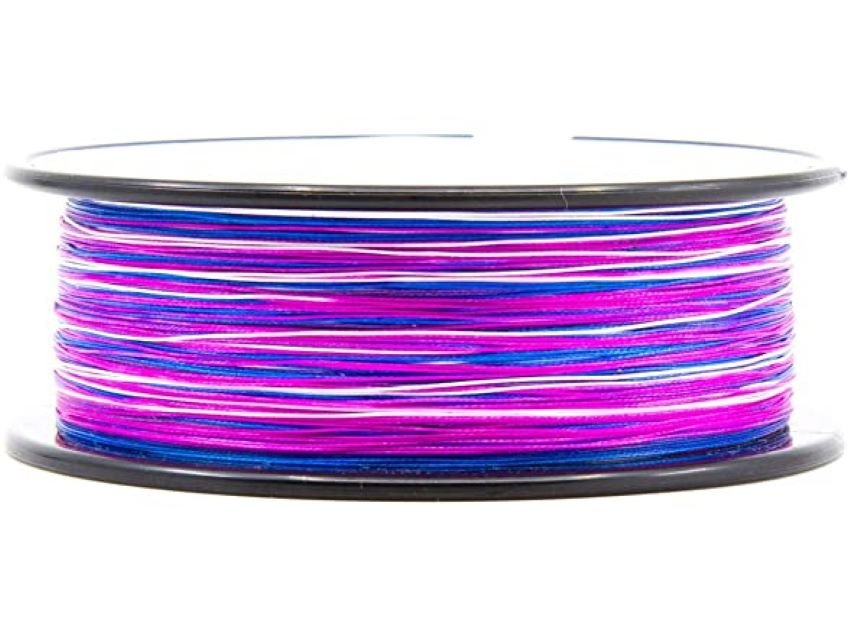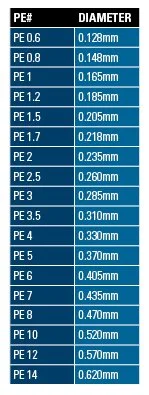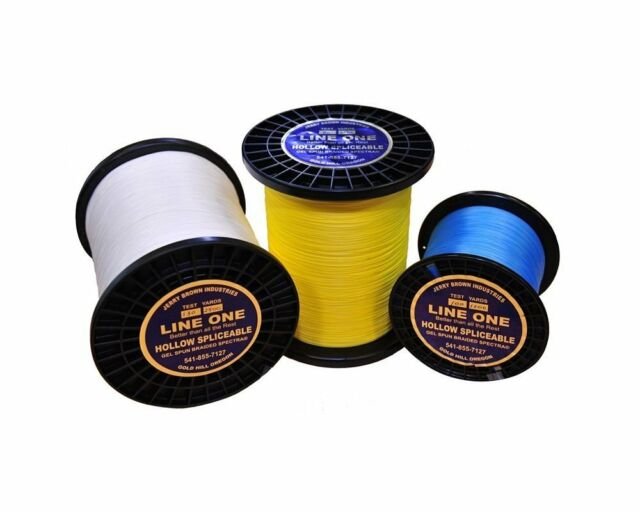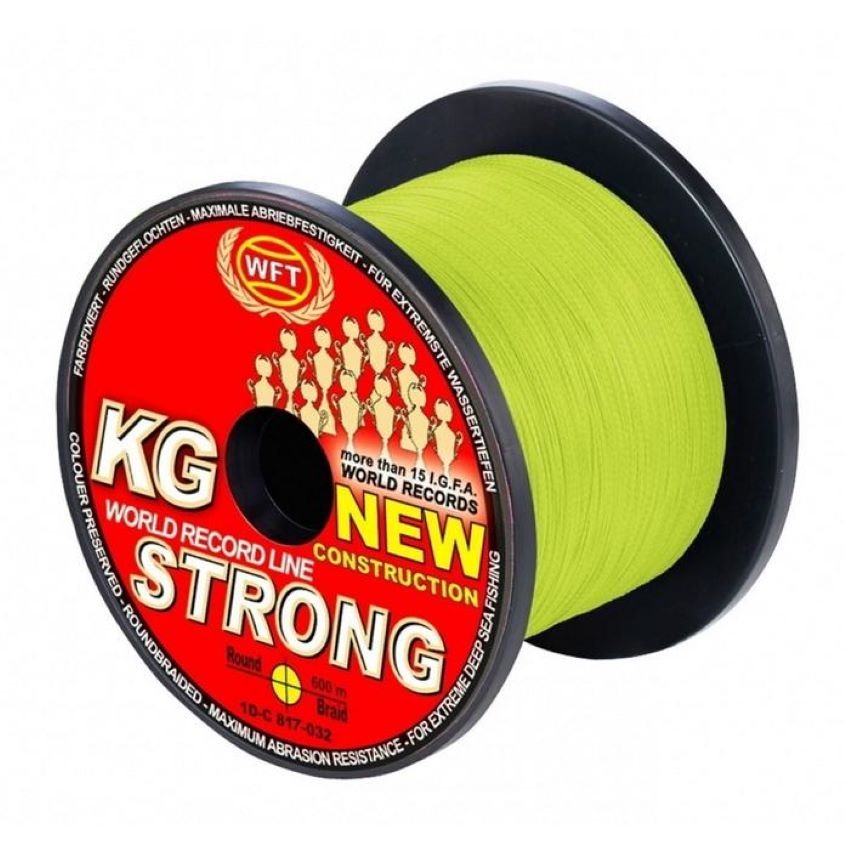Advanced Braided Lines
I spent the first couple of decades of my fishing life using monofilament exclusively, not because I couldn’t afford fluorocarbon or braid but because I didn’t know they existed. Today I can’t imagine hitting the water with both of them. Fluorocarbon has improved my overall success rate, but to be totally honest braid has been a bigger difference maker. I can’t imagine how we ever frogged or flipped vegetation with ultra-stretchy mono. Braid first came into my consciousness when Randy Dearman won a Texas Bassmaster Invitational using competition kite string. After that, I bought an early commercial iteration (I believe it was from Fenwick, of all companies) and experimented it for different applications. Since then, I can’t imagine how many thousands of yards of braid I’ve used, even though it typically lasts at least a year on a given reel with reasonable use.
To the best of my recollection, over the past two-plus decades I’ve used braids from the following companies for various purposes and with various levels of success:
Berkley
Daiwa
Gamma
Power Pro
Seaguar
Spiderwire
Sufix
Toray
YGK
Yo-Zuri
Several of them are more than adequate for my purposes, but as we’ve started traveling internationally and fishing for a wide variety of species, I’ve learned that there are many more brands, including some considered to be “premium” lines. Not surprisingly many of them are from Japan.
What Does the PE System Mean?
As I got further enmeshed into the saltwater fishing obsession, and started heavily researching popping and jigging, I started seeing braided lines and the tackle meant to use them rated not by their breaking strength in pounds, but rather by a system of “PE” ratings. It’s a system that comes out of the Japanese market and its meaning may not be immediately obvious to many of us. For those of you who haven’t been exposed to it, or who remain confused by what a particular PE number means, I’ll try to explain it as simply as possible. Feel free to send me a correction if I misstate or omit anything.
So-called “superlines” are made of braided strands of ultra high molecular weight polyethylene (UHMWPE), often shortened to PE. It doesn’t matter how many strands are woven into the braid, it’s still called PE. The PE scale is meant to denote the line’s diameter. For example, PE 1 is 0.165mm, PE 2 is 0.235mm and PE 4 is 0.330mm. In addition to the whole number PE grades, there are also some “partial” numbers like PE 0.6, PE 0.8, PE 1.2, PE 1.5 and PE 3.5. Some manufacturers try to simplify things by marketing their lines as having a breaking strength 10x the PE number, although this is likely inaccurate. Of course, inaccuracy is rife within the line industries – I can guarantee you that just about no two monos, fluoros or braids will test out the same. All I can say is that if you’re buying a line based on a PE recommendation, there is likely a matching popping or jigging rod rated the same way.
Companies that Make Mainstream US Braid Plus More Specialized Braid
Specialized and Lesser-Known Braided Lines
Many of these are available from US retailers including Saltywater Tackle, Tackle Direct, Tackle Warehouse and even Bass Pro Shops.
Notes
I’ve used YGK’s sinking braid for spinning tackle presentations and I’ve been very pleased. Several other easily available brands like Lunkerhunt now make a braid that does not float. Check out our article about sinking braids for more information.
I first heard about Varivas through some of the Japanese pros fishing the major US bass tours.
Despite the blah name and nondescript packaging, Jerry Brown line seems to get a lot of love from the popping and jigging communities.
If you order a new brand of braid, make sure to distinguish between hollow core and solid braid and get the one that you need.
KG’s ads tout the fact that their line produced a 240 lb. yellowfin tuna from shore. It is distributed in the US by Ardent Outdoors.
Tackle Warehouse has a good selection of Sunline’s PE-rated lines.
There are a variety of tools meant to ensure quality knots with braid.
Update: If you want to know about the different types of sinking braids, check out this article for a list of those available at Tackle Warehouse. In addition to the YGK, mentioned above, I’ve tried several of the others and use them almost exclusively for my spinning gear techniques, especially when fishing comparatively deep.









